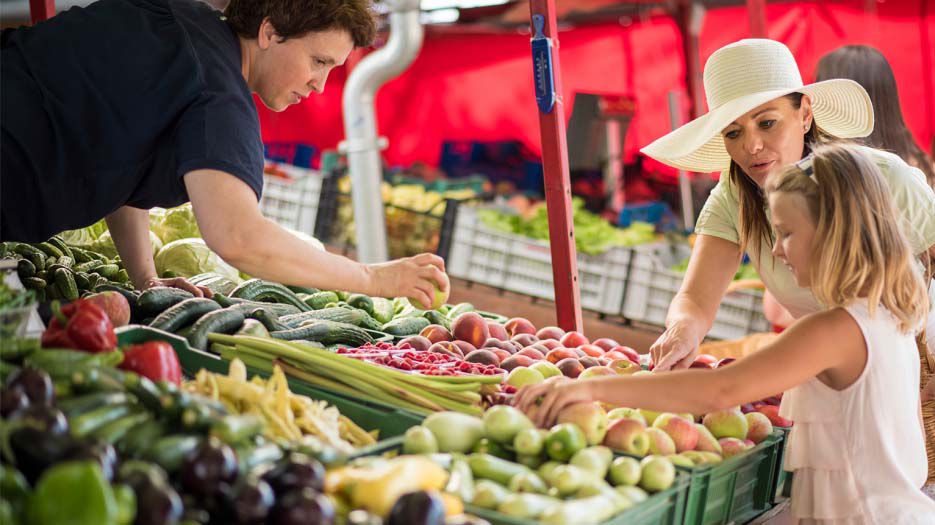Study Reveals Consumer Preferences for Utah's Fresh and Packaged Fruit Products
Author
Published
8/22/2024
From the celebrated Peach Days in Brigham City to Strawberry Days in Pleasant Grove, Utah's fruit-growing heritage is rich and varied. Travelers along I-15 between Perry and Willard, Utah, pass through acres of fruit orchards, known as “Utah’s Famous Fruit Way.”
A recent study conducted by researchers at Utah State University's Department of Applied Economics explores Utah consumers’ perceptions and preferences regarding fresh and packaged fruit products. The research highlights the significant economic contribution of fruit production in Utah and offers insights into consumer behaviors that could shape the future of local fruit markets.
The study emphasizes the importance of fruit production in the state, particularly highlighting the economic value of tart cherries, which generated $7.9 million in 2023. With 3,714 acres dedicated to tart cherry production, Utah produced over 32.5 million pounds last year. Other significant fruit crops include peaches and apples, cultivated on 1,310 and 1,104 acres, respectively.

The survey of 384 Utah adults found that consumers are increasingly prioritizing locally-grown produce. The findings suggest that local fruit production offers several benefits beyond economic gains. Consumers believe local produce is fresher, more flavorful, and of higher quality than fruit transported and stored for extended periods. Harvested at peak ripeness, local produce often contains higher concentrations of essential nutrients and minimizes contamination risks, thus improving food safety.
“Taste, price, and freshness were the top attributes considered by more than 80% of respondents,” said Kynda Curtis, USU Extension food systems specialist. “Although the majority of consumers rely on traditional grocery stores for their fruit purchases, fresh fruit is also commonly bought from farmers markets and local farm stands.”
The study also explored the role of food and agricultural tourism in consumer behavior. Nearly two-thirds of respondents reported visiting farmers markets, while a significant number also patronized local-sourcing restaurants and farm stands. This trend underscores the growing consumer interest in supporting local agriculture and its benefits.

“This research provides valuable information that can help fruit producers in Utah make informed decisions regarding product development, marketing strategies, and distribution channels,” said Curtis. “By understanding consumer preferences and behaviors, producers can better meet market demands and enhance their competitiveness.”
The study was supported by the National Institute of Food and Agriculture, U.S. Department of Agriculture, through the Western Sustainable Agriculture Research and Education program.
For more information about the study and to access the full report, click here.
Want more news on this topic? Farm Bureau members may subscribe for a free email news service, featuring the farm and rural topics that interest them most!
